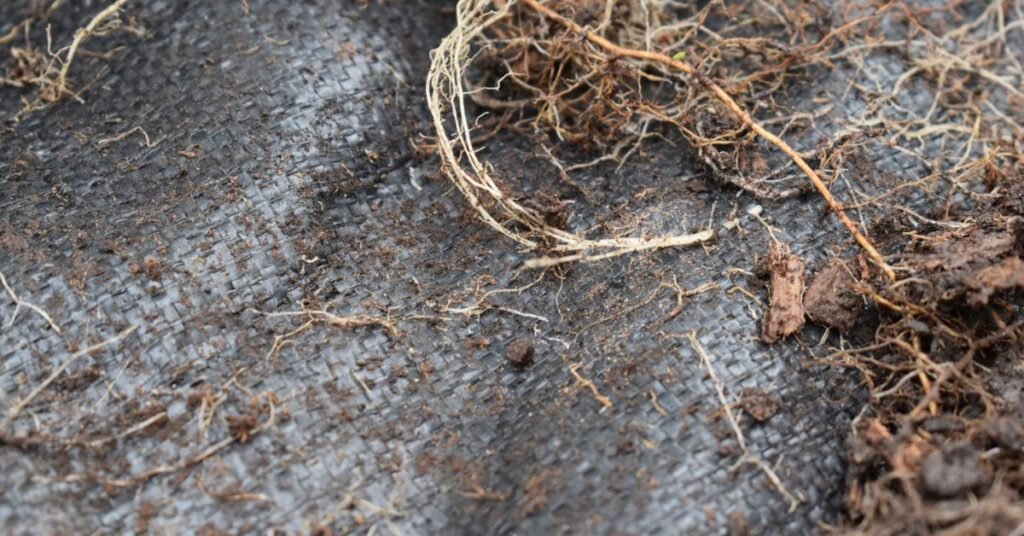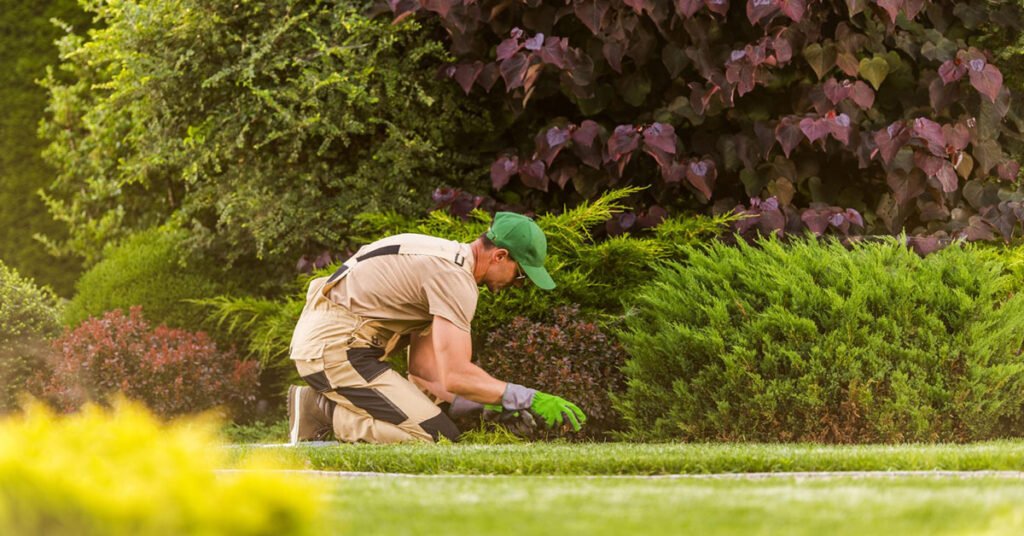Landscape fabric is a commonly used material in landscaping projects, prized for its ability to suppress weeds and promote plant growth. However, there are persistent questions about whether roots can penetrate this barrier and what implications it has for garden and landscape health. In this comprehensive guide, we’ll explore the functionality of landscape fabric, its benefits, potential drawbacks, and answer the crucial question: Can roots grow through landscape fabric?
Can Roots Grow Through Landscape Fabric?
Landscape fabric is often used in landscaping to suppress weeds and maintain soil structure, but one common concern among gardeners and landscapers is whether roots can penetrate this barrier. Understanding how landscape fabric interacts with plant roots is crucial for effectively planning and executing landscaping projects.
Factors Influencing Root Penetration
The ability of roots to grow through landscape fabric depends on several factors:
- Fabric Thickness and Quality: Landscape fabrics vary in thickness and durability. Thicker, higher-quality fabrics are less likely to allow roots to penetrate compared to thinner materials.
- Type of Fabric: Different types of landscape fabric are available, ranging from woven to non-woven materials. Woven fabrics, typically stronger and more durable, offer better resistance to root penetration than non-woven alternatives.
- Soil Type and Moisture Levels: Soil conditions play a significant role in root growth. Moisture-rich soils may encourage roots to seek water sources, potentially leading them to test the fabric’s barriers.
- Types of Plants and Root Systems: Some plants, particularly those with aggressive or fibrous root systems, are more likely to attempt to penetrate landscape fabric. Understanding the root behavior of specific plant species is essential for predicting potential issues.
Root Behavior and Growth Patterns
Roots exhibit various growth patterns and responses to environmental stimuli:
- Exploratory Growth: Plant roots are adept at seeking out nutrients and moisture. If the soil underneath the fabric is sufficiently fertile and moist, roots may attempt to grow through or around the fabric.
- Girdling Risk: While roots can grow around landscape fabric, improper installation or wear over time can lead to root girdling—a condition where roots wrap around the fabric, potentially restricting plant growth and causing long-term damage.
Practical Considerations for Landscapers
- Installation Techniques: Proper installation techniques, including overlapping seams and securing edges, can minimize the risk of root penetration. Ensuring a snug fit and using quality landscape fabric appropriate for the intended use are crucial steps.
- Monitoring and Maintenance: Regular monitoring of landscape fabric for tears, wear, or signs of root penetration is essential. Prompt repairs or adjustments can mitigate potential issues and extend the fabric’s effectiveness.
Read More: How to Build Stairs with Landscape Blocks
Conclusion
While landscape fabric serves as a valuable tool in landscaping, offering benefits such as weed control and soil stabilization, its interaction with plant roots requires careful consideration. By understanding the factors influencing root penetration and implementing best practices in fabric installation and maintenance, landscapers can effectively harness the benefits of landscape fabric while minimizing potential drawbacks.



